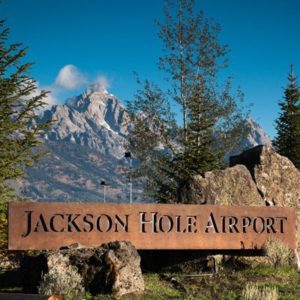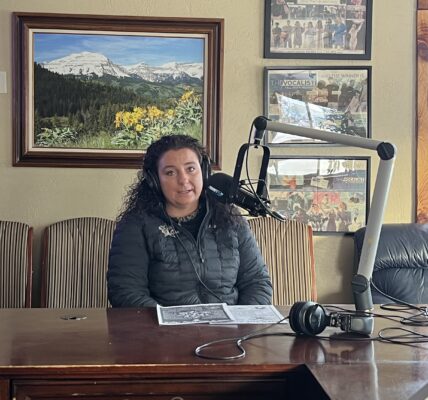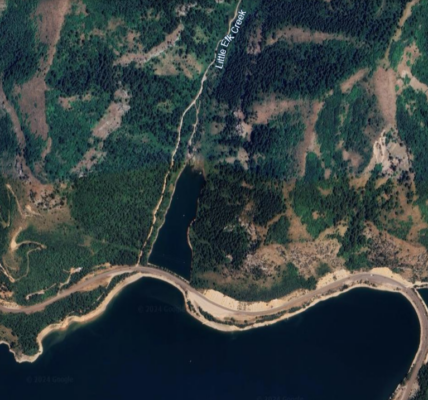By Ramsey Scott
Wyoming Tribune Eagle
Via- Wyoming News Exchange

Wyoming has spent millions to create sustainable air service across the state. According to passenger totals throughout 2018 and the first half of 2019, the state is seeing a return on its investment.
Wyoming saw its airplane traffic increase by 69,547 for passengers who flew in, out and around the state. The total for 2018 was 1,173,471, the highest number on record at the Wyoming Department of Transportation for airplane travel.
The 2018 numbers also represented the biggest jump in the number of passengers across the state since 2005-06, when Wyoming saw an increase of more than 70,000.
The update by WYDOT was given during Wednesday’s meeting of the Legislature’s Joint Minerals, Business and Economic Development Interim Committee in Casper.
Shawn Burke, WYDOT’s air service development analyst, said the largest contributor to the increase is the Jackson Hole Airport, which is by far the busiest airport in Wyoming. Jackson saw an increase of 10.5% in passenger totals, increasing its total by 71,387 passengers.
The state’s numbers were deflated by about 16,000 fewer passengers using the Casper airport. But Burke said in the first half of 2019, Casper was seeing an uptick in its passenger totals, and he expected that to continue throughout the rest of this year.
Cheyenne Regional Airport’s 2018 numbers almost doubled its 2017 totals, but still only amounted to 3,263 passengers. But thanks to the deal made with SkyWest to run American Eagle flights out of the airport, in the first six months of 2019, Cheyenne had more than 14,000 passengers fly to and from Dallas/Fort Worth.
“The good news there is (Cheyenne) exceeded the 10,000 passenger amount, which makes them available for $850,000 in additional federal funds for (airport) improvements,” Burke said.
Those flights came to Cheyenne as part of a deal with American Airlines. The company began providing once-daily nonstop service between Dallas/Fort Worth International Airport and Cheyenne Regional Airport last November, and added a second flight that runs from May 4 to Oct. 3.
Cheyenne and several other airports across the state were able to secure flights in and out of the state from SkyWest by guaranteeing the company a base profit. Cheyenne’ service required a $580,000 expenditure from state government and a $1,565,673 local match.
Overall, Wyoming state government invested more than $3.4 million in the 2019 fiscal year to bring commercial flights to six airports, including Cheyenne. Cody is the newest addition to that list, but as of the end of the fiscal year hadn’t started flights through the program yet.
As air service to and from those airports has a chance to stand up, the traffic should increase and the local match for securing those flights should start to go down, Burke said.
During the presentation, Rep. Dan Furphy, R-Laramie, asked if the state and local investments that totaled more than $7 million were really necessary to keep these airports open.
Burke said with the changes in the aeronautics industry over the past five to 10 years, including a move to larger planes and a shortage of pilots, the investments on a local and state level are the only way to keep these commercial flights operational right now.
WYDOT is also in the process of developing a new study on the economic impact of commercial air travel for the state, which should be complete in about 18 months. The last study was conducted in 2013, and showed the annual economic activity or output associated with airport and visitor-related spending was $1.4 billion, said Brian Olsen, WYDOT’s aeronautics administrator.






